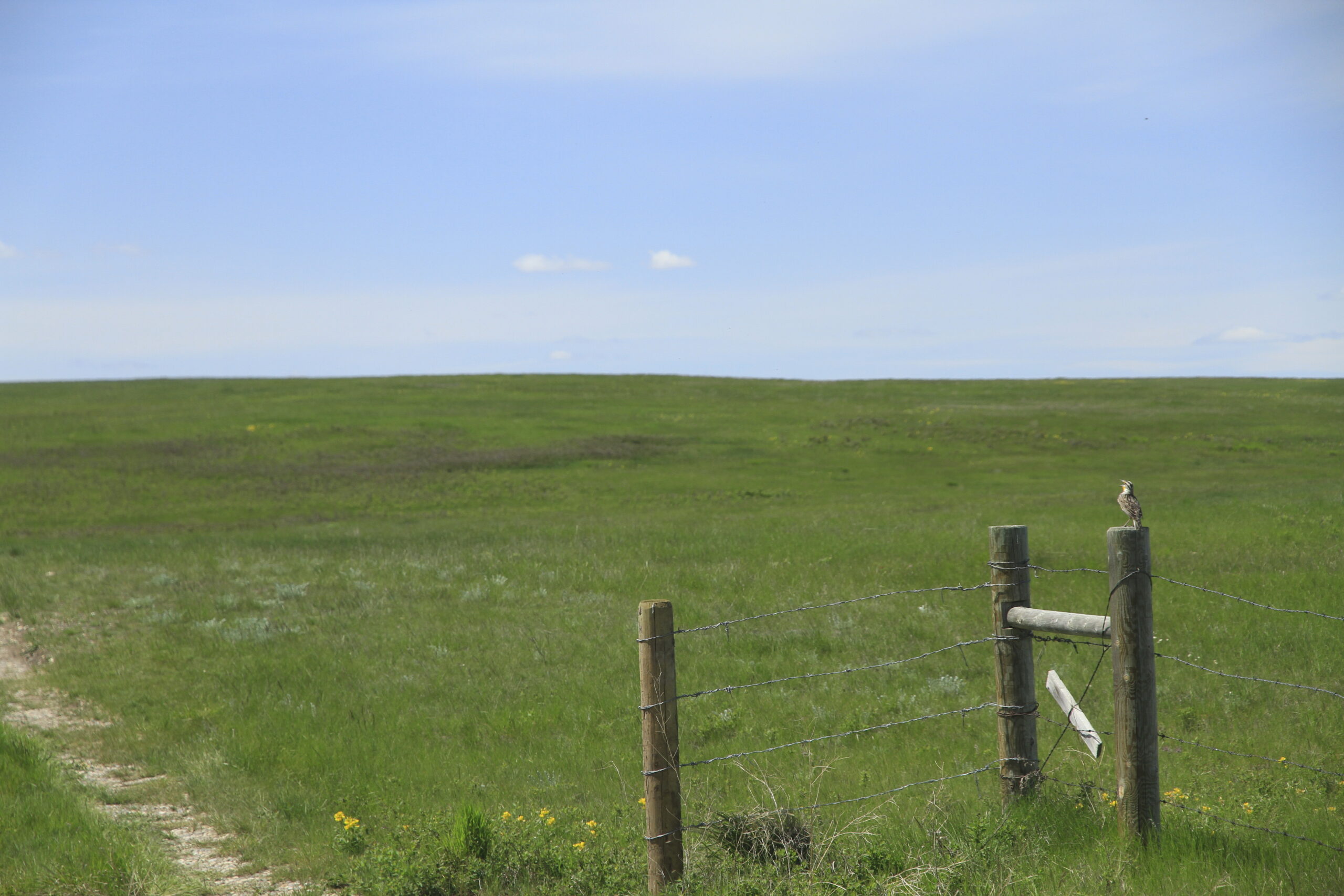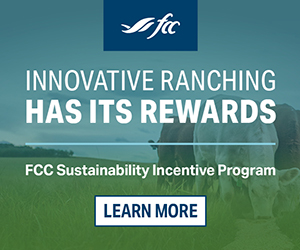AB Direct - Steers
Rail: 492.00-493.50 FOB feedlot (last week)
AB Direct - Heifers
Rail: 492.00-493.50 FOB feedlot (last week)
US Trade- Steers
Rail: 355.00-363.00 (IA, NE) last week
US Trade - Heifers
Rail: 355.00-363.00 (IA, NE) last week
Canadian Dollar
0.19

Alberta Beef Producers’ new policy focuses on private land conservation
Alberta Beef Producers’ (ABP) Board of Directors convened on September 16, 2024, to establish a strategic direction for balancing conservation initiatives with the needs of cattle producers.
Over the past year, ABP has received substantial feedback regarding various conservation initiatives. While the scope of these concerns varies, they largely revolve around the potential impacts on producers’ livelihood, futures, and their broader rural communities.
Interest in conservation efforts on private land continues to grow, which is unsurprising given cattle producers have been instrumental in maintaining large tracts of native ecosystems. It is important to recognize the valuable conservation work that cattle producers carry out daily. As a result, many producers are looking to be fairly compensated for their contributions to these efforts.
Following extensive discussion and deliberation, ABP has updated its Policy Manual to include a new policy that provides organizational guidance on private land conservation. This policy is deliberately broad in scope, acknowledging the importance of conservation while supporting the needs of beef producers, agriculture, and rural communities.
As the implementation of this policy takes shape, ABP will actively engage with cattle producers, producer organizations, conservation groups, and government stakeholders to chart a collaborative path forward. ABP fully recognizes the valuable work being done by conservation organizations and government entities and is optimistic that future initiatives will benefit all parties involved, including future generations of cattle producers.
The policy is written as:
Policy 5-13(2)
(a) The use of private land conservation tools should be done in a manner that minimizes the negative impact, long-term and short, on the individual signing the agreement, neighbouring beef producers, the beef industry, broader agriculture and rural communities.
(b) Recognizing that landowners and funders both have their own desired outcomes, access and funding to a suite of tools is needed to accomplish the varied goals. These tools must include, but are not limited to,
(i) Annual or short-term payment for ecological goods and services, such as biodiversity indices, carbon, water purification,
(ii) Transferable development credits,
(iii) Term agreements and/or easements, and,
(iv) Perpetual easements.
(c) The value of any agreement must clearly state the service being sold and must establish a value through market-based metrics that includes long-term implications.
(d) To prevent government dollars from competing with local landowners, organizations and land trusts should never use government dollars, nor government-leveraged dollars, to purchase freehold, agricultural land.
Policy 5-13(3)
(a) Landowners have the property right to sell their land, in whole or in part, as they see fit.
(b) It is a property right for landowners to make stewardship decisions for their land, which may impact the level ecological goods and services. Any requirement to change necessitates compensation.
This information is also available as a pdf, which was shared with subscribers of ABP’s Monthly Minute. To subscribe to our monthly newsletter, add your email in the footer below.



